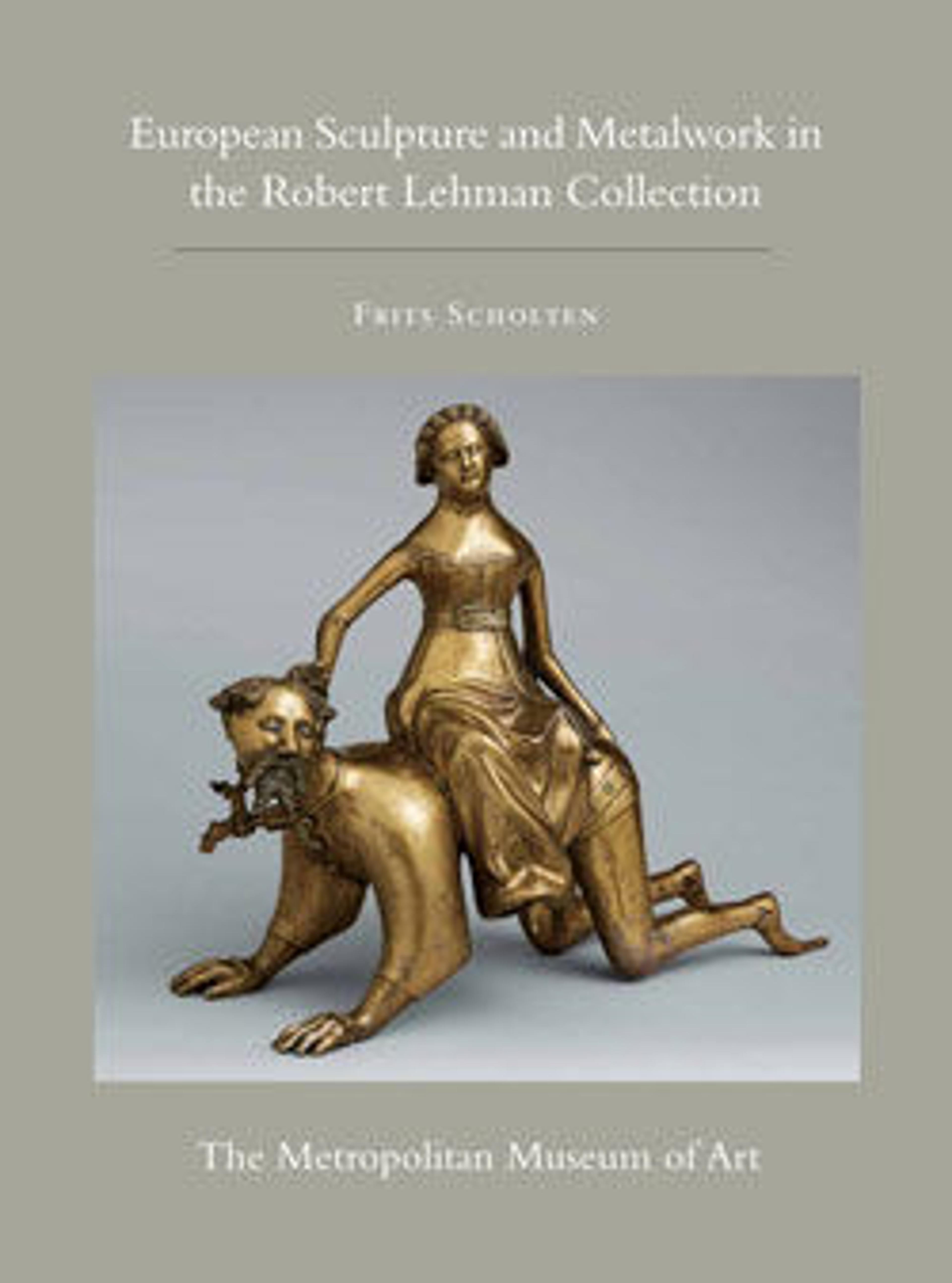Model for a portrait medal of Augustus, Elector of Saxony
This stone model for a medal bears a portrait of Augustus, Elector of Saxony (1526 – 1586). Famous for his collections, including the finest assemblage of arms and armor in Northern Europe, Augustus founded the Dresden Kunstkammer, predecessor to the present-day state collections.
This is a model made of Solnhofen limestone, from which molds were taken for casting medals. Tobias Wolff, a rather elusive personality, probably worked in Breslau (present-day Wrocław, Poland) before moving to Saxony where he was employed by the elector. In 1576 he was called “portrait carver from Breslau.” There are indications that he was also active in Augsburg in a later phase of his career.
This is a model made of Solnhofen limestone, from which molds were taken for casting medals. Tobias Wolff, a rather elusive personality, probably worked in Breslau (present-day Wrocław, Poland) before moving to Saxony where he was employed by the elector. In 1576 he was called “portrait carver from Breslau.” There are indications that he was also active in Augsburg in a later phase of his career.
Artwork Details
- Title: Model for a portrait medal of Augustus, Elector of Saxony
- Artist: Tobias Wolff (documented 1561–1606) , Silesia (Breslau) or Saxony (Dresden?)
- Date: 1575
- Culture: Polish or German
- Medium: Honey-stone
- Dimensions: Diam. 2.9 cm.
- Classification: Medals
- Credit Line: Robert Lehman Collection, 1975
- Object Number: 1975.1.1326
- Curatorial Department: The Robert Lehman Collection
More Artwork
Research Resources
The Met provides unparalleled resources for research and welcomes an international community of students and scholars. The Met's Open Access API is where creators and researchers can connect to the The Met collection. Open Access data and public domain images are available for unrestricted commercial and noncommercial use without permission or fee.
To request images under copyright and other restrictions, please use this Image Request form.
Feedback
We continue to research and examine historical and cultural context for objects in The Met collection. If you have comments or questions about this object record, please contact us using the form below. The Museum looks forward to receiving your comments.
